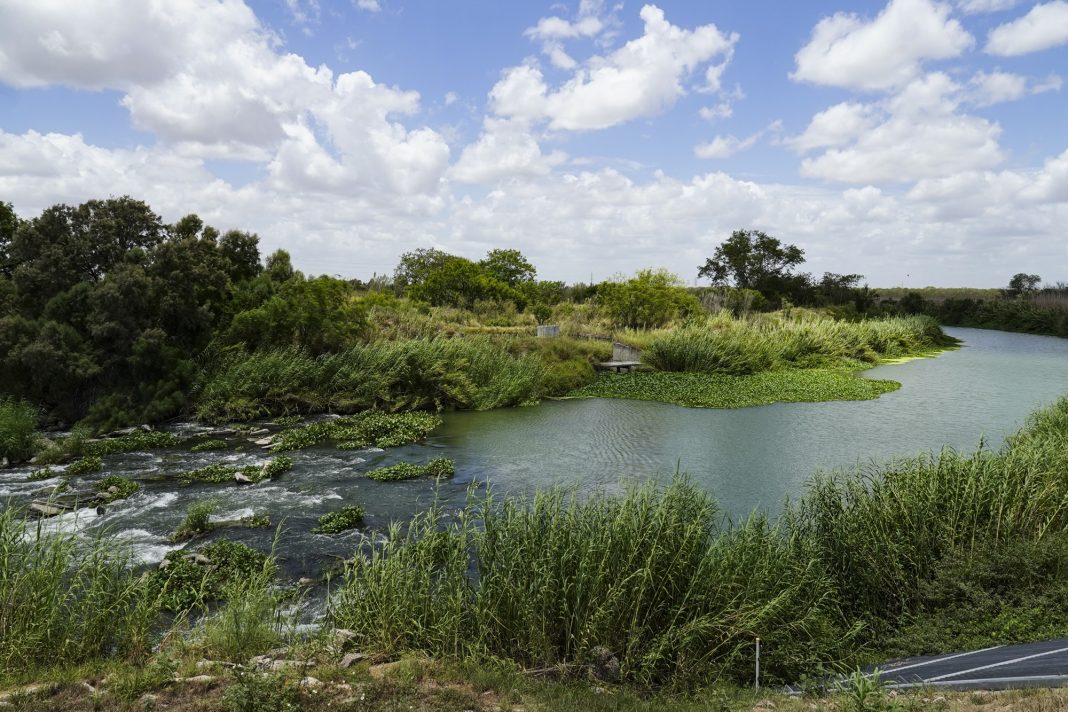With record low water levels at Amistad and Falcon reservoirs on the Rio Grande and the Brownsville Public Utilities Board and Rancho Viejo implementing Stage 2 of their drought contingency plans, climate forecasters predict continued drought and worsening water supply issues at least through October.
As of July 2 the U.S. share of water stored in the reservoirs was at 25.37 percent and dropping, leading to BPUB’s decision to put Stage 2 restrictions in place for the second time in its history. Valley Municipal Utility District No. 2 (Rancho Viejo) implemented Stage 2 of its own drought contingency plan on July 27, with town officials imploring residents to reduce water usage as much as possible and noted that “the district is struggling to maintain the Resaca del Rancho Viejo in full condition.”
John Bruciak, BPUB CEO and general manager, said he met July 28 with Brownsville Mayor Trey Mendez Thursday in anticipation of the imminent implementation of Stage 2. Meanwhile, Texas Commission on Environmental Quality Executive Director Toby wrote in a July 26 letter to holders of Rio Grande water rights that the water shortage caused by “insufficient inflows and lack of precipitation” has intensified.
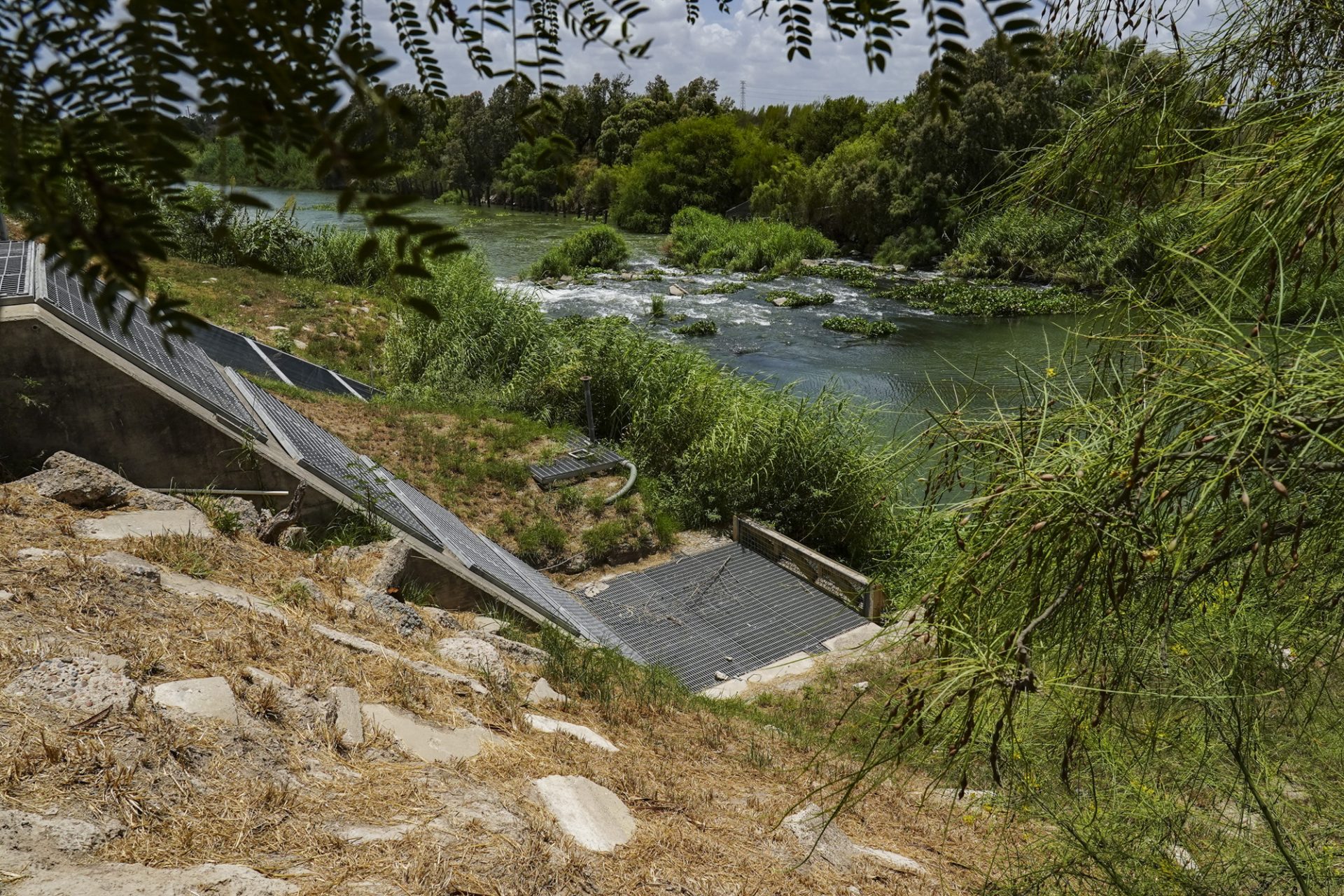
Baker said the U.S. operational reserve of the U.S. share of Amistad and Falcon water could be depleted this month and that it’s likely the Rio Grande watermaster will be required to required to deduct allocations of water to irrigation water rights holders in whatever amount necessary to restore the operational reserve to 48,000 acre-feet, he wrote. That’s bad news for agricultural growers. One acre-foot is the volume of water it takes to cover one acre in one foot of water.
“All water right holders should be implementing their Drought Contingency Plans, as applicable, in an effort to extend the limited water supplies in the Rio Grande,” Baker wrote. “It is not possible to predict how severe drought conditions and the associated water shortages may become, or how long they will persist.”
Bruciak said municipal water rights, such as those BPUB owns, are top priority according to state law. BPUB pulls water directly from the Rio Grande, as opposed to municipalities that rely on water districts to supply water. However, when the river is low the more water BPUB has to order from the watermaster just to get the quantity actually required, since it takes water to move water, he said.
“That cuts into our reserves,” Bruciak said. “It takes more of our reserve margin in water rights. There should be adequate reserves for several years for municipalities even if things don’t improve, but the problem is going to be getting it here.”
While BPUB is still pulling enough water from the Rio Grande at its South Water Treatment Plant to keep its reservoirs full, there’s not enough to maintain the city’s resaca levels, and it’s starting to show.
“Right now there’s none to spare, unless we get some rain here or below Falcon where we could get some extra water,” Bruciak said. “We’re trying to conserve the water in our reservoirs locally here for our treatment process.”
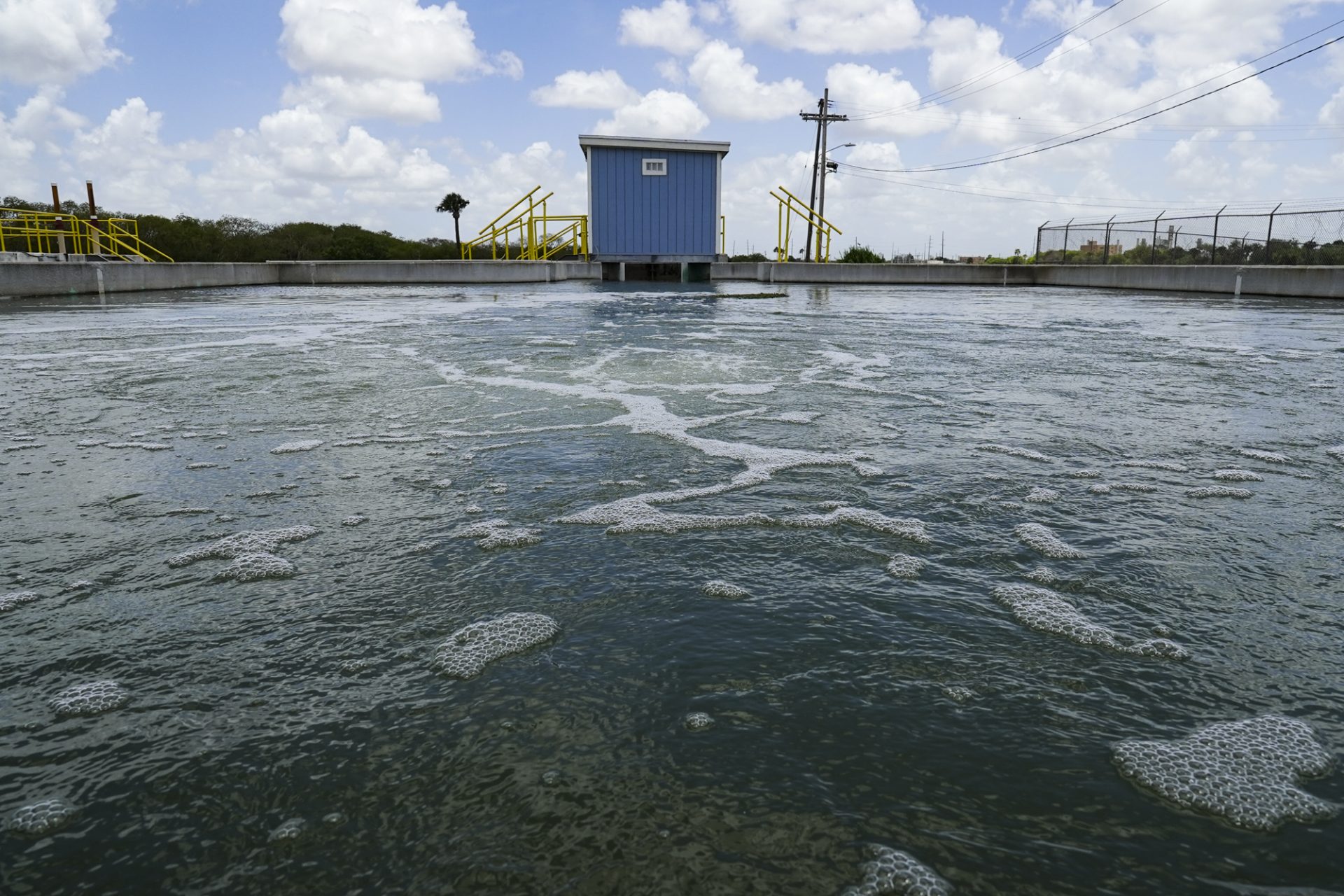
BPUB also operates a brackish groundwater desalination plant with a 10-million-gallon-per-day capacity, which provides “up to a 30 percent cushion that’s not impacted by the drought,” he said.
What that means is the desal plant can meet 30 percent of the BPUB customers’ water needs combined.
“Other cities don’t have that luxury, so that is a plus,” Bruciak said.
If the desal plant had the capacity to meet 100 percent of that need, water restrictions would never be an issue regardless of the state of Amistad/Falcon and the Rio Grande, he said.
“We are looking at possibly some expansion of (desalination) if we can fairly quickly, in the next several months or a year if possible,” Bruciak said. “Particularly if we get into November and December and no rain up in the watershed, then we’re really going to start the year off in a rough position.
“The most we’ve ever gotten into was Stage 2, and then we had a storm or things improved. You start getting into Stage 3 and Stage 4, they’re pretty serious.”
The only other time BPUB enacted Stage 2 was in the late 1990s, during the drought that spawned construction of the desalination plant.
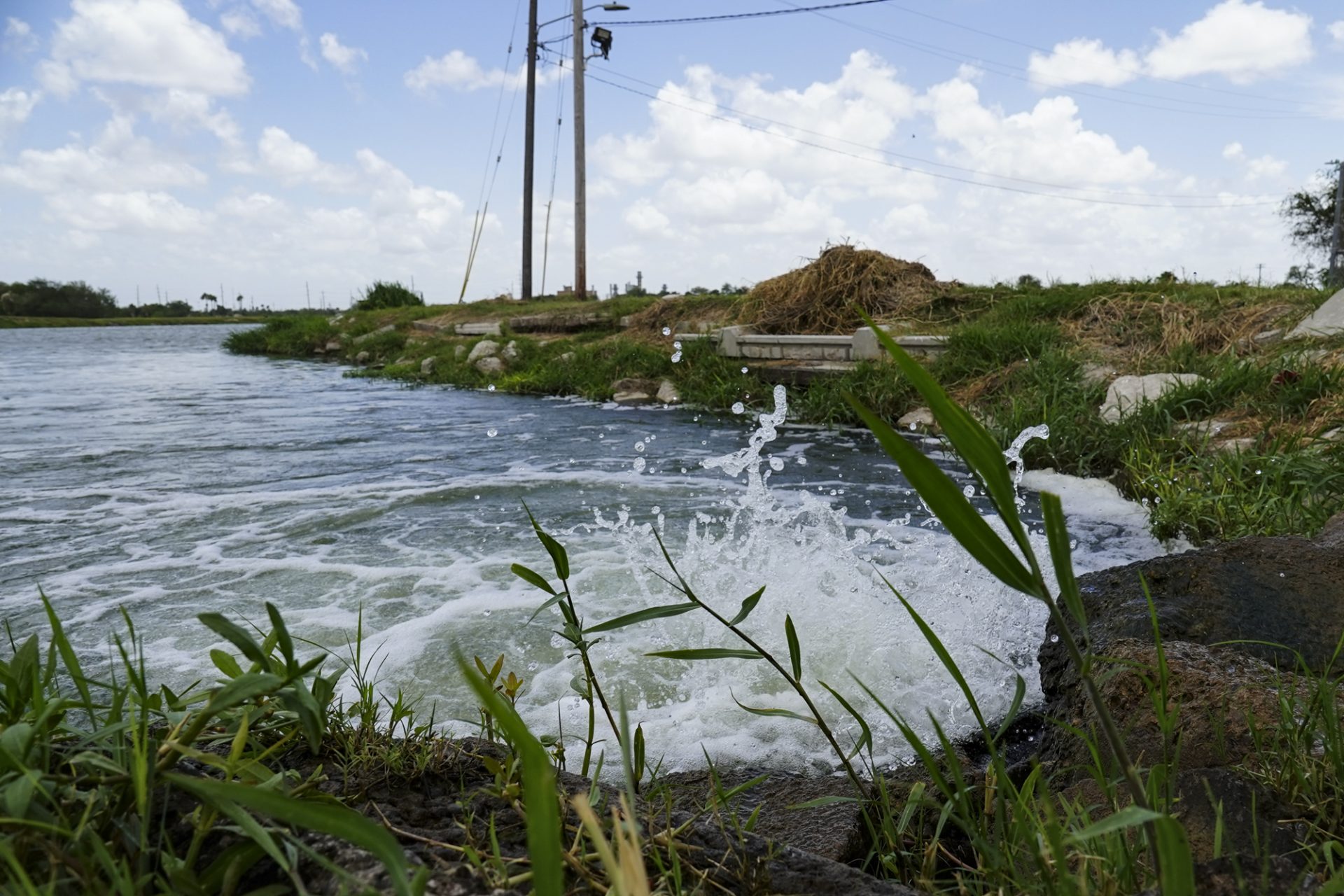
Today the long-term forecast is discouraging. The National Weather Service Brownsville/Rio Grande Valley Station on July 28 released a forecast, based on the three-month seasonal outlook from the National Oceanic and Atmospheric Administration’s Climate Prediction Center, that the Rio Grande Valley will experience “worsening water supply issues as heat and drought dominate” through October.
“Current levels at Falcon are now expected to reach or fall below those last seen between 1998 and 2002, sometime in early to mid-August, without sufficient rainfall or any water releases upstream,” said NWS Warning Coordination Meteorologist Barry Goldsmith.
Without adequate rain the combined reservoirs are expected to fall to their lowest level on record since Falcon and Amistad were constituted, in 1954 and 1969 respectively.
“At this point the only way to provide ample water to Falcon and Amistad reservoir is from a tropical cyclone,” Goldsmith said.
An Atlantic-basin event similar to Hurricane Alex in 2010 would help, though a storm of Hurricane Beulah (1967) would be optimal in terms of necessary rain, he said. A tropical event in the eastern Pacific could help, though the effect would last mere months rather than years of benefit from an Atlantic event, Goldsmith said.
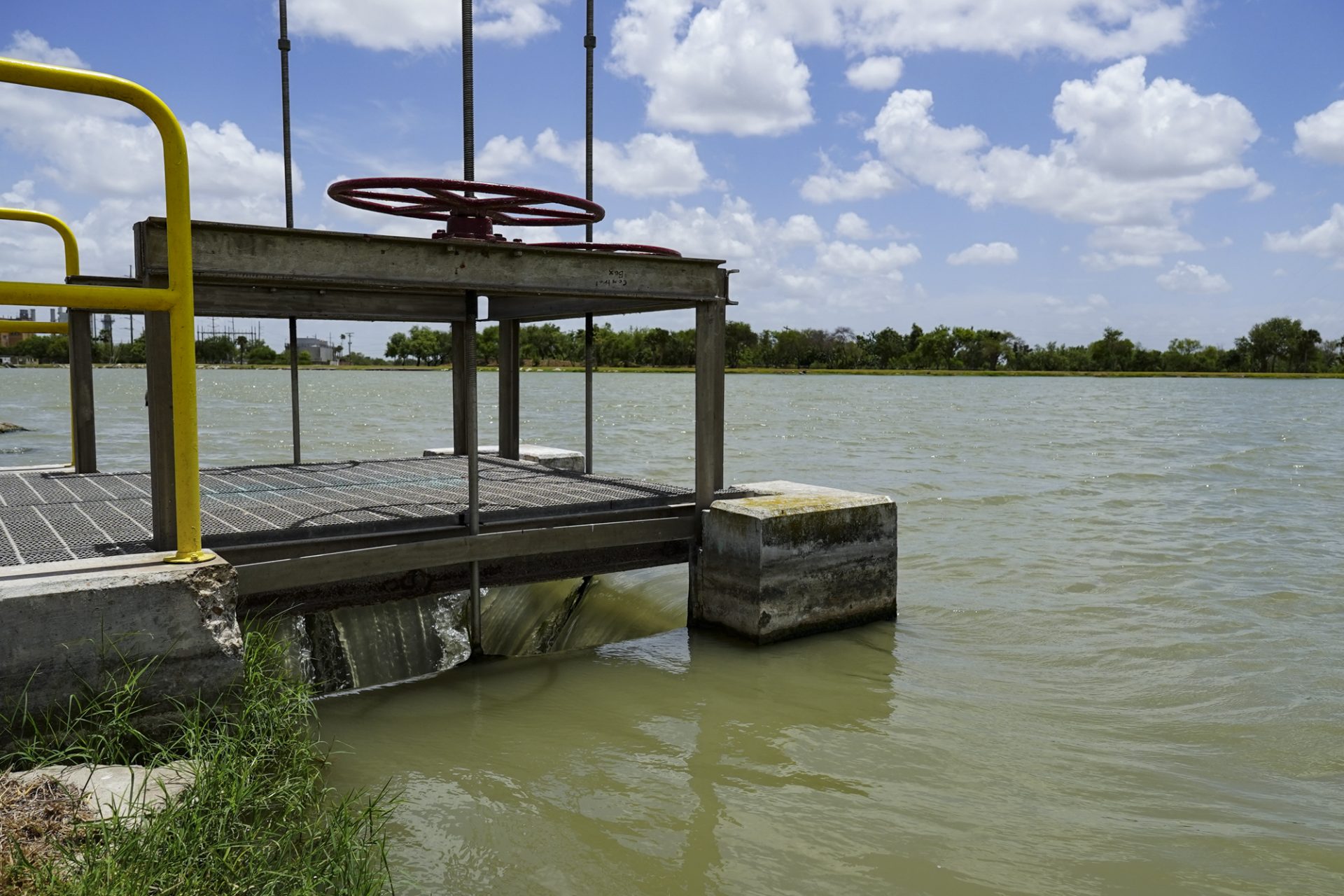
Regardless of what the tropics do or don’t deliver, September is critical for beneficial rains directly over the Rio Grande Valley and deep South Texas brush and ranch lands and the Rio Grande Basin to some extent, he said. The current forecast is for lower-than-average rainfall, though the possibility of a tropical cyclone during peak hurricane season could change that, Goldsmith said.
“If rains fail to materialize in September or early October, we could be in serious water supply trouble for late fall and early winter,” he said.
The combination of limited rainfall and above-average to much-above-average temperatures into November and beyond will prolong high evaporation rates and continued declining water levels in the reservoirs, Goldsmith said, noting that since April 1 temperatures in Brownsville and Harlingen have been nearly one full degree higher than previous records set last decade.
“The forecast through December suggest that Valley sites could approach another top-10 warmest year, which would continue the trend which began in 2011,” he said.

